It is a dark detector circuit based on LDR and a transistor (BC-547 NPN) which automatically switches ON and OFF the street light system.
It automatically switches ON street lights when the sunlight goes below the visible region of our eyes. (e.g. in the evening after sunset). It automatically switches OFF the lights when sunlight falls on it (i.e., on LDR)
Automatic street light two-way control typically involves a system that intelligently manages street lighting in two directions based on certain conditions. This can help save energy and improve overall efficiency. Here’s a general outline of how such a system might work:
Components of the System:
1. Light Sensors: These sensors detect the ambient light levels in the surroundings. They are responsible for determining whether it’s dark enough to require street lighting.
2. Motion Sensors: These sensors detect motion or presence of vehicles, pedestrians, or any other moving objects. They help in identifying whether any activity is happening on the street.
3. Microcontroller: A microcontroller like Arduino, Raspberry Pi, or other similar platforms can be used to process the sensor inputs, make decisions, and control the street lights.
4. Relays or Switches: These components control the street lights. They can be turned on or off based on the decisions made by the microcontroller.
5. Communication Interface: In advanced setups, the system might be connected to a central monitoring station or accessible remotely through the internet for monitoring and control.
Working of the System:
1. Nighttime Detection: The light sensors continuously monitor the ambient light levels. When the light level drops below a certain threshold (indicating nighttime), the system activates the street lights in both directions.
2. Two-Way Control: The motion sensors detect activity on the street. If there’s no activity detected in one direction for a certain period of time, the system can dim or turn off the lights in that direction to save energy.
3. Responsive Activation: When the motion sensors detect activity, the system can brighten the lights in the direction where the activity is happening. This ensures that lighting is available where it’s needed most.
4. Time-Based Control: The system can also be programmed to change lighting intensity during different times of the night. For instance, it could reduce lighting intensity during late-night hours when traffic is minimal.
5. Communication and Monitoring: In more advanced setups, the system could be connected to a central monitoring station. This allows authorities to remotely monitor the functioning of street lights, detect any faults, and make necessary adjustments.
Benefits:
– Energy Savings: By dimming or turning off lights when there’s no activity, the system can significantly reduce energy consumption.
– Cost Efficiency:Reduced energy consumption translates to cost savings for municipalities and local governments.
– Improved Safety: Brightening lights in response to detected activity can enhance safety for pedestrians and drivers.
– Environmental Impact:** Lower energy consumption contributes to a reduced carbon footprint and overall environmental impact.
Challenges:
– Reliability: The system should be reliable and not prone to false detections, especially when deciding to turn off lights based on motion.
– Maintenance: Regular maintenance is necessary to ensure that sensors, switches, and other components are functioning properly.
– Integration: Integrating the system with existing street light infrastructure and ensuring compatibility can be a challenge.
– Privacy Concerns: If cameras are used for motion detection, privacy concerns might arise, requiring careful consideration of data handling and storage.
Implementing such a system requires a combination of hardware expertise, programming skills, and considerations for local regulations and community needs.
COMPONENTS REQUIREMENT:-
- Paper pole
- 9 volts battery
- battery clip
- LDR
- white led s
- BC 547Transistor
- 1K ohm resistor
- on off switch
* Product Images are shown for illustrative purposes only and may differ from actual product.
Package Includes :
- 1 x Automatic Street Light Two Way Control Project.



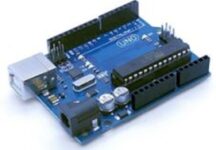

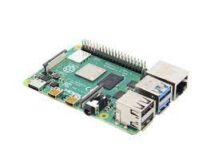
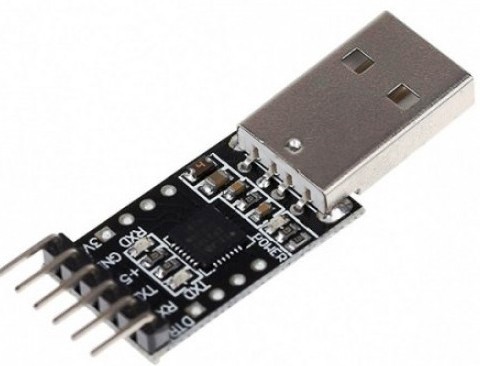
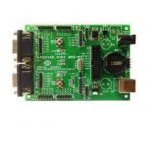
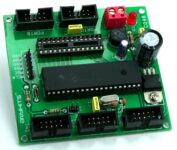
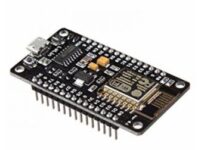
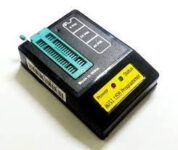
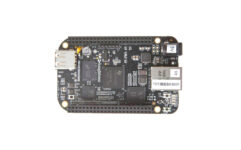

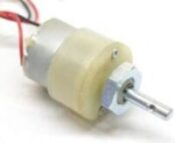

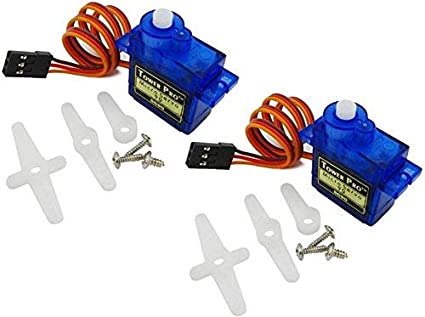
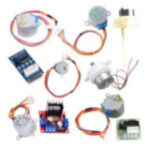

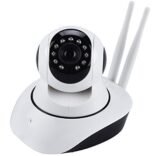



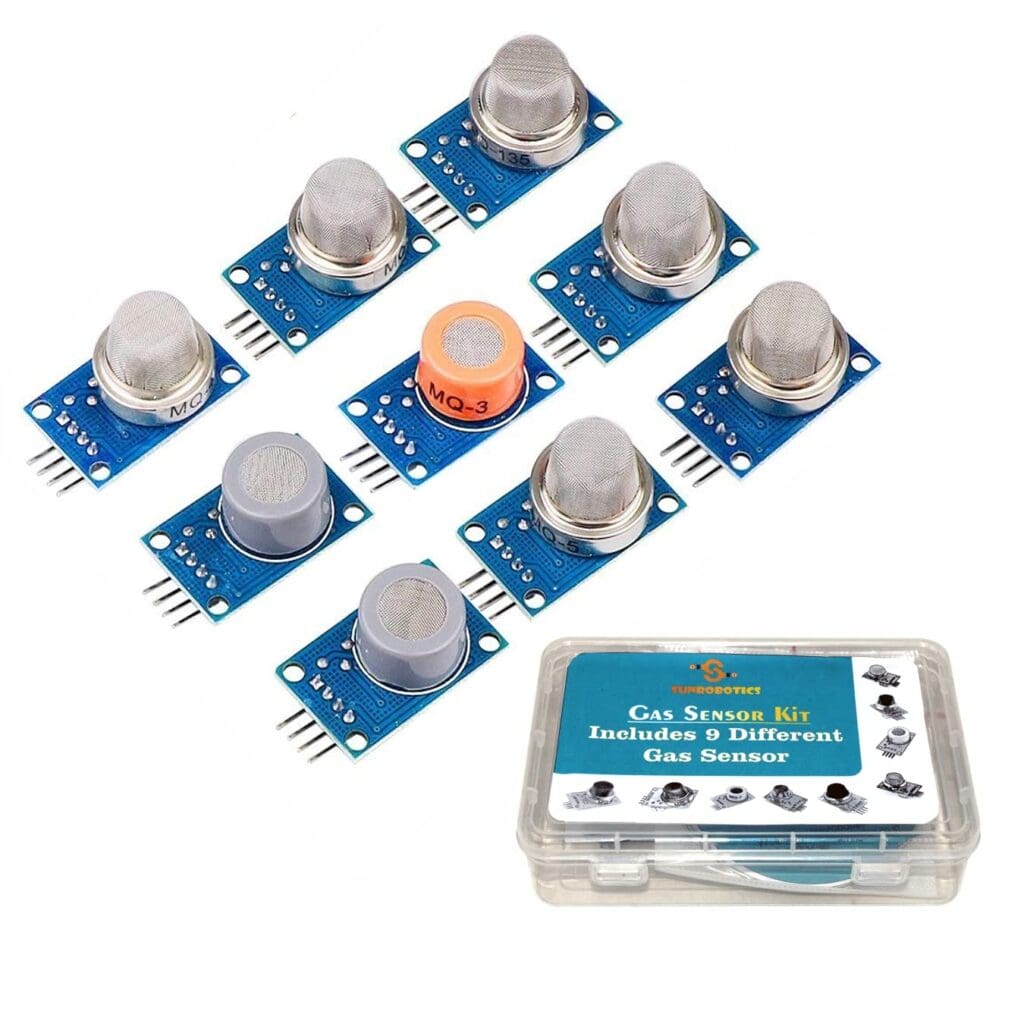
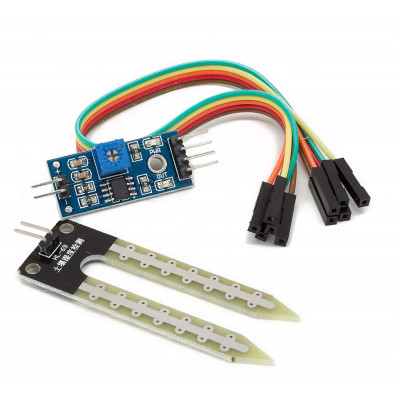
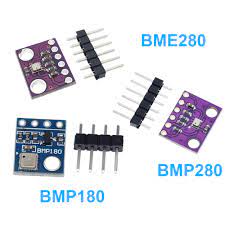
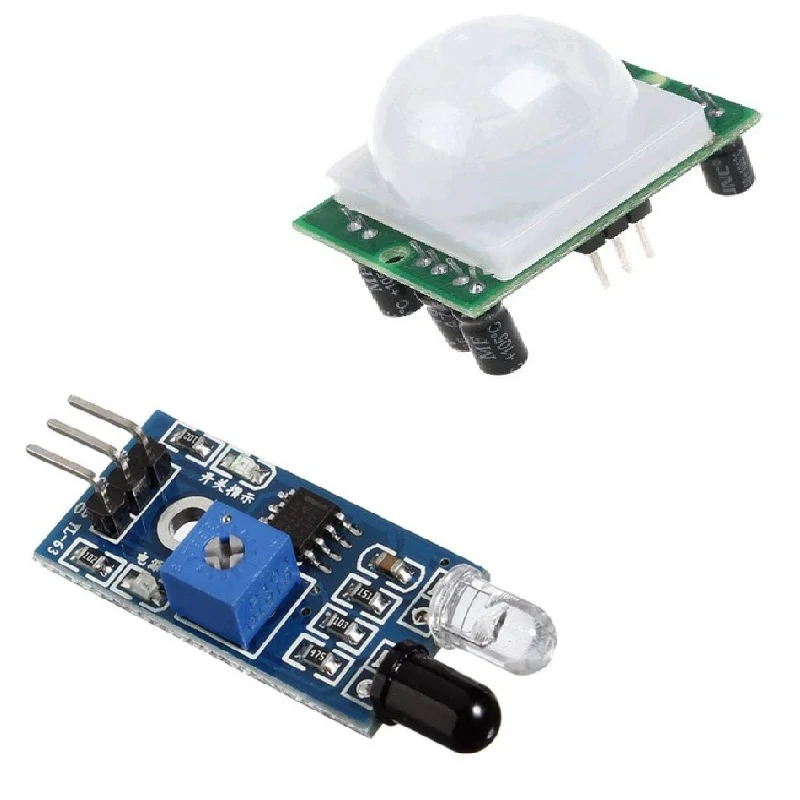


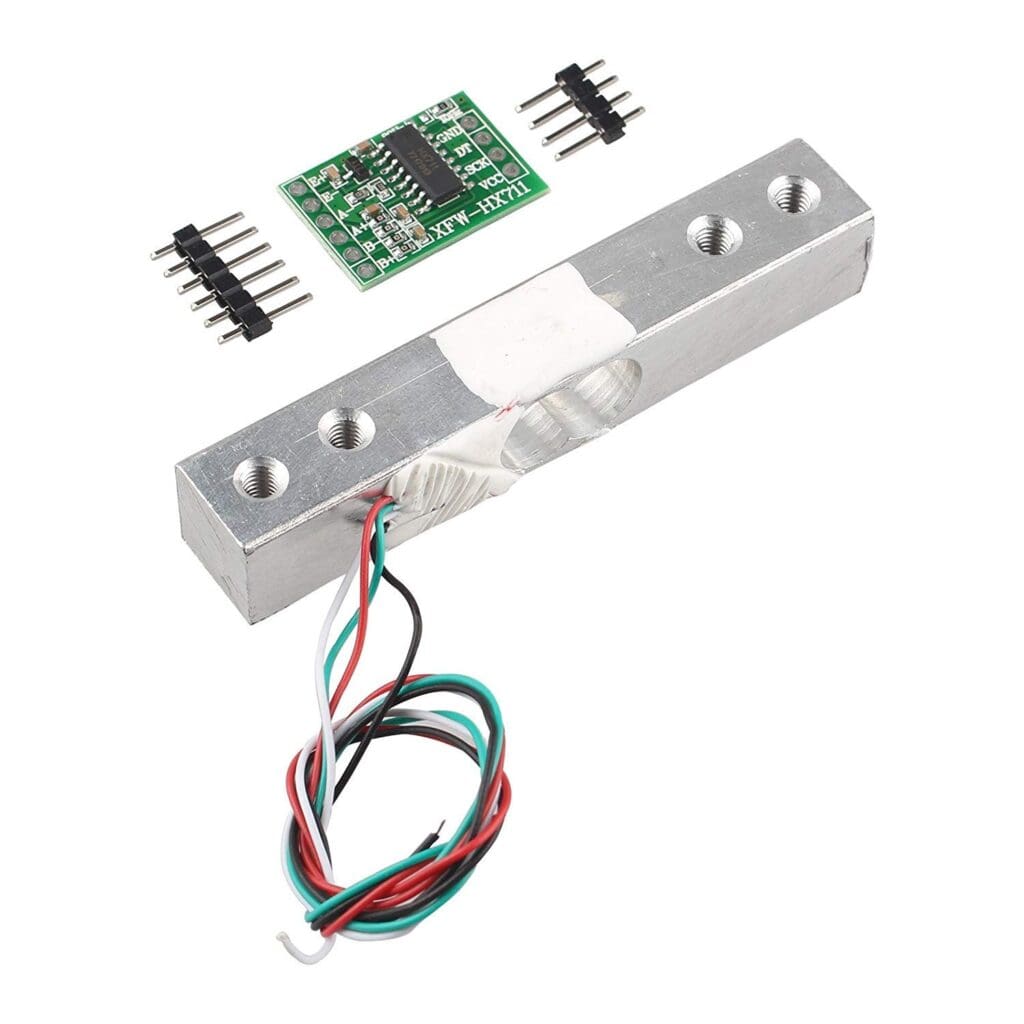



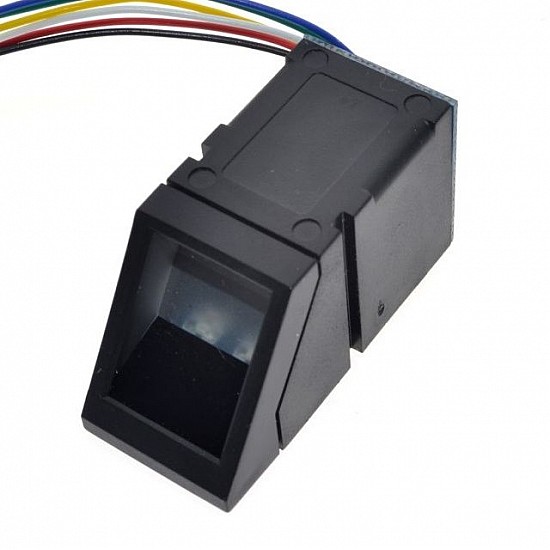
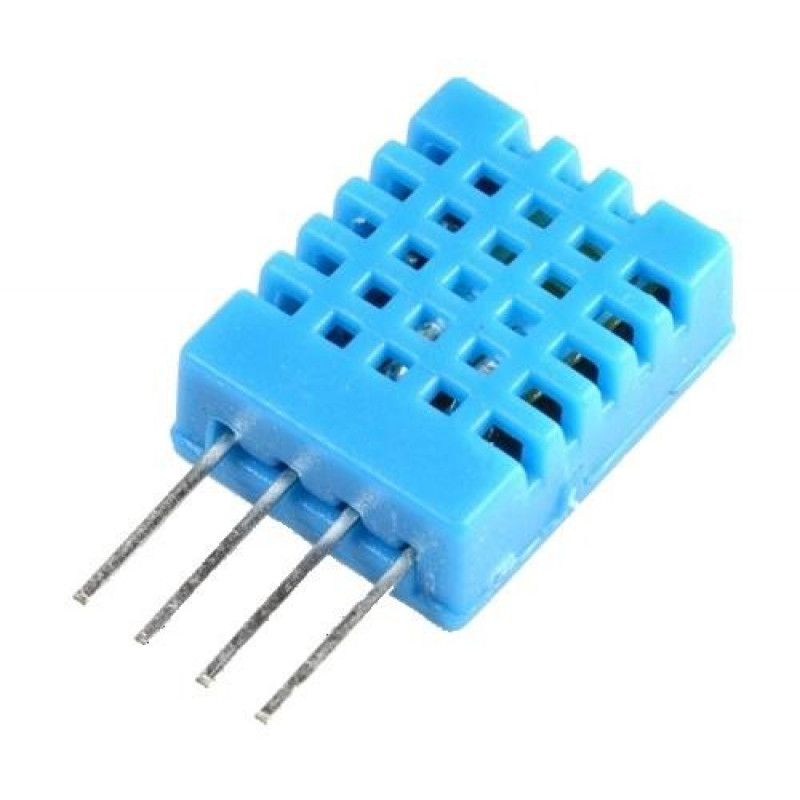

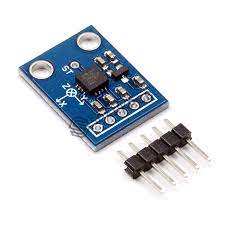
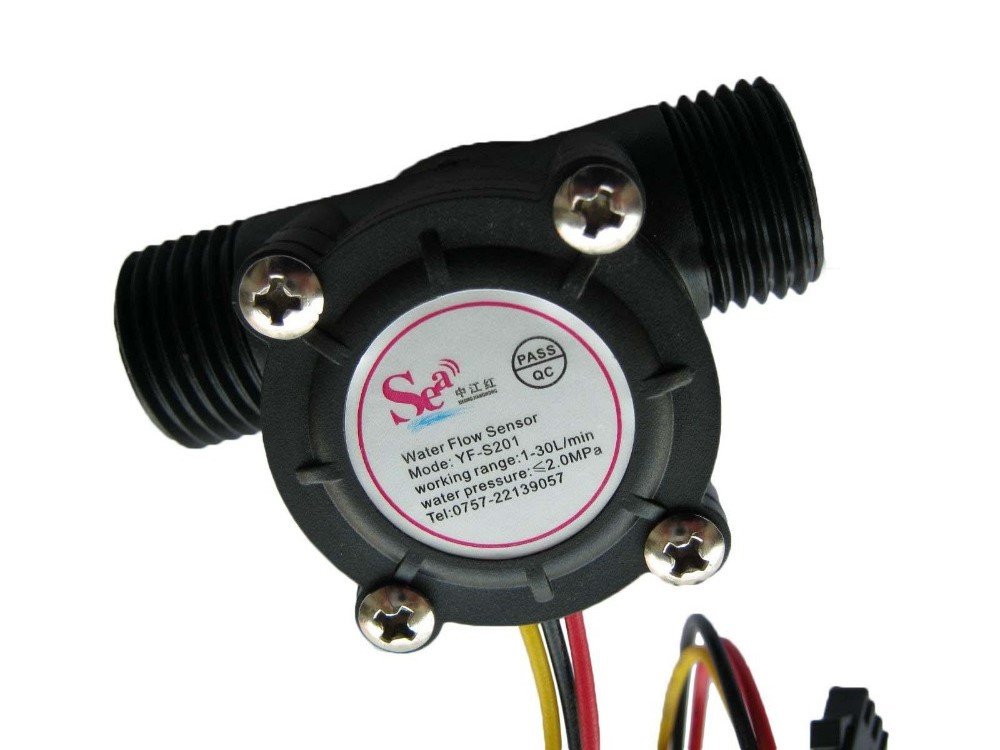
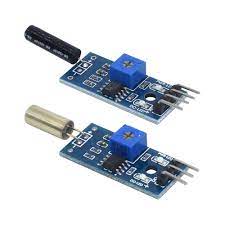
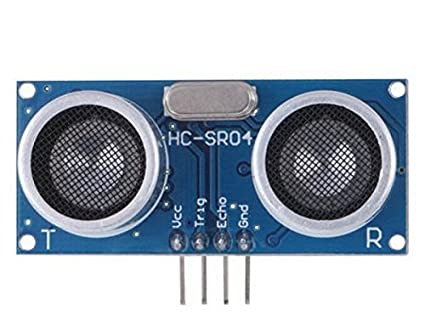

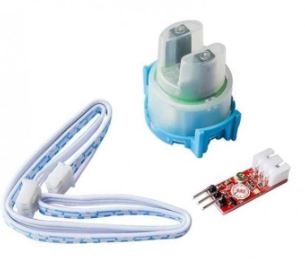

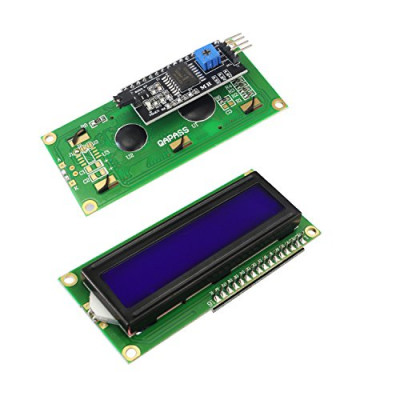
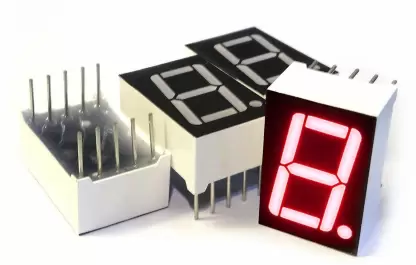
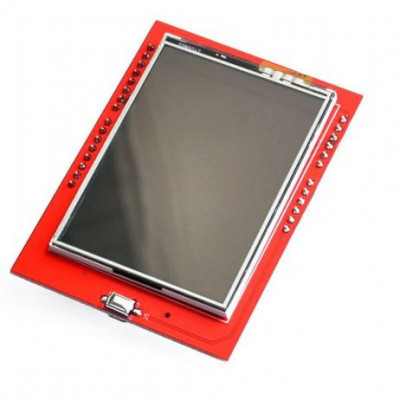
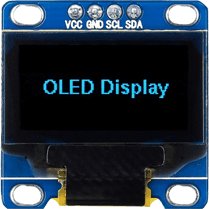

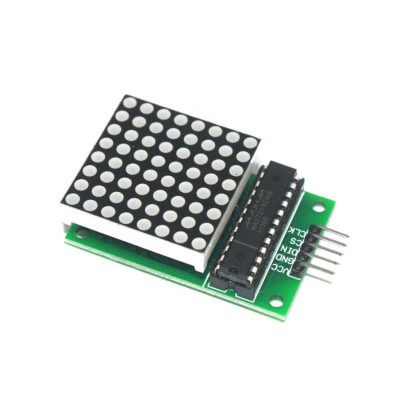
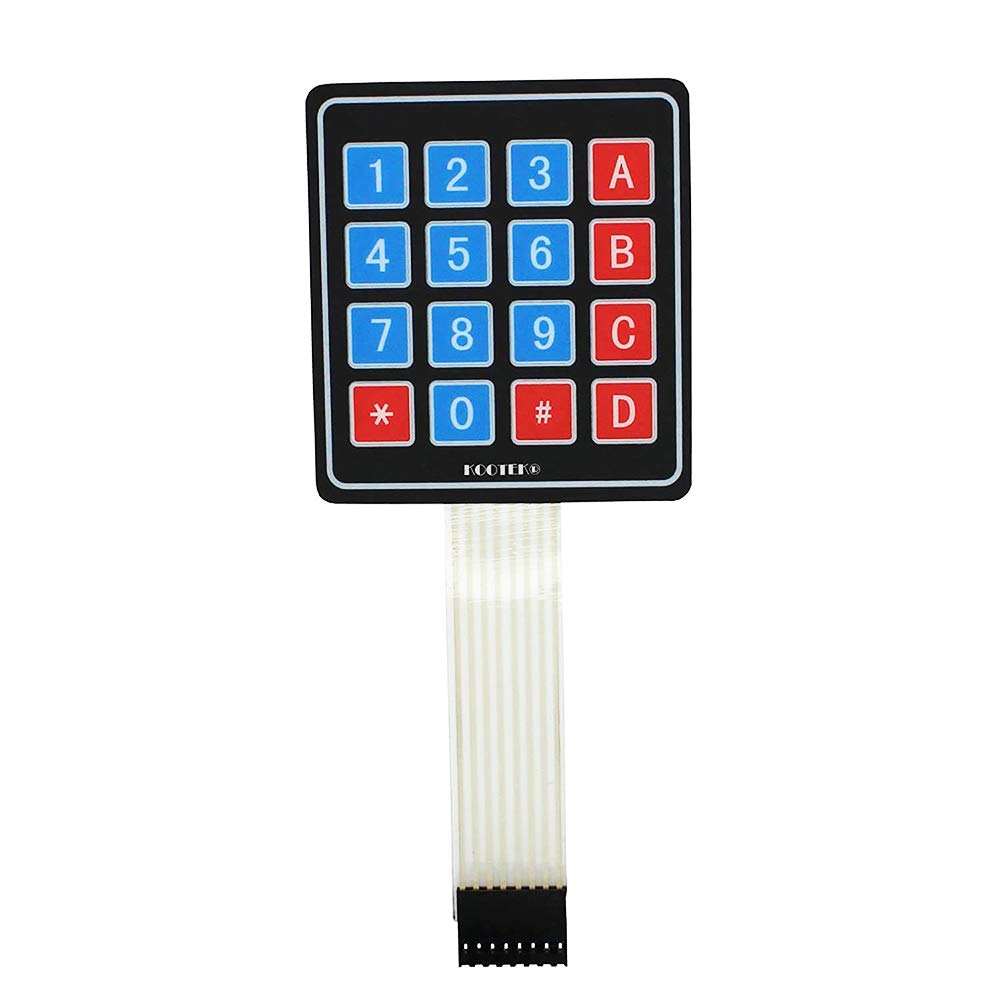
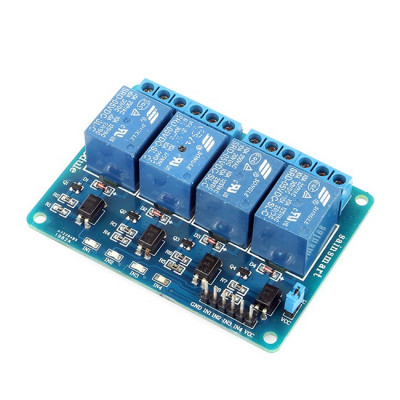
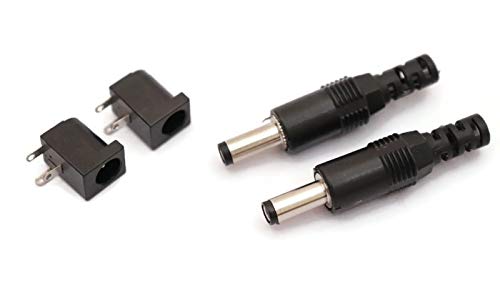

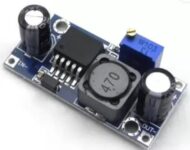
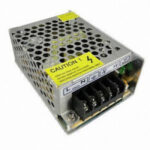





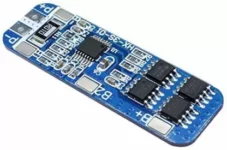
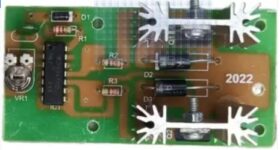


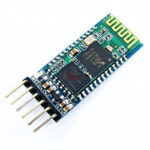
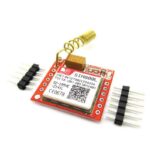
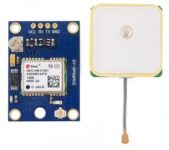
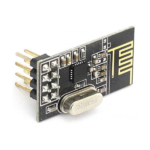
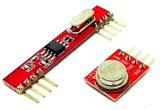

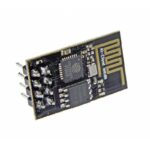
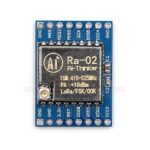
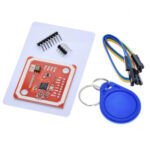
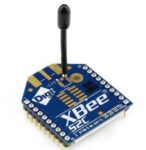





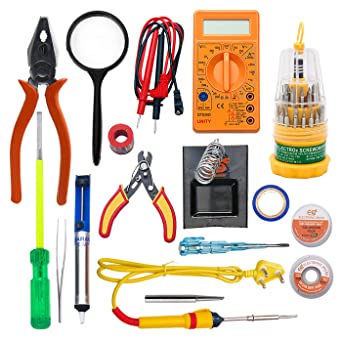




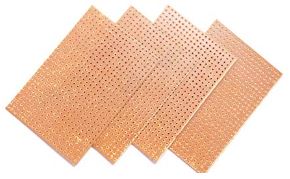

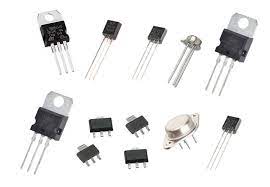
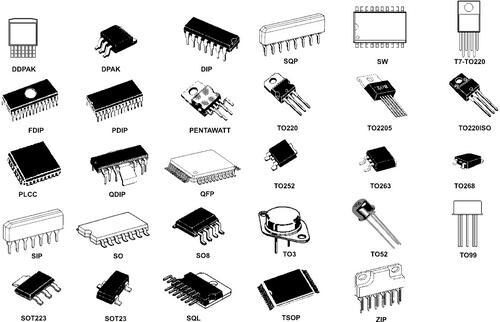

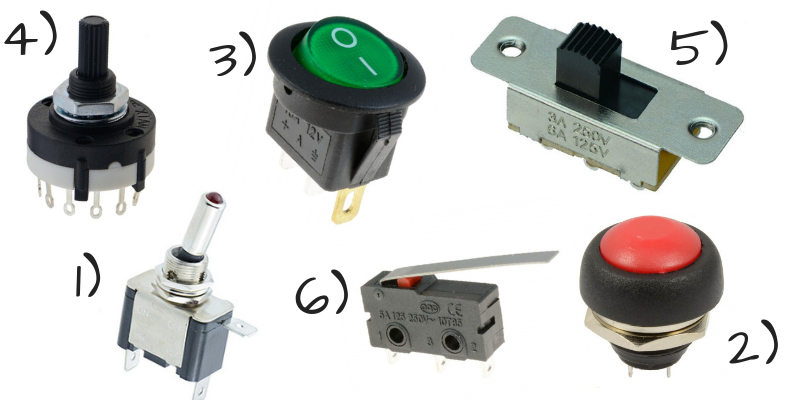
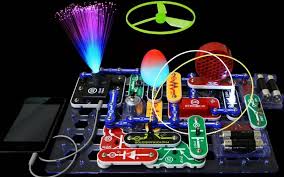


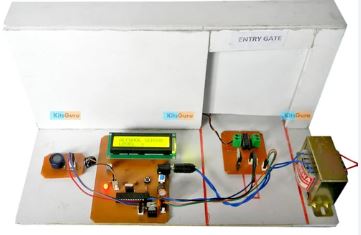


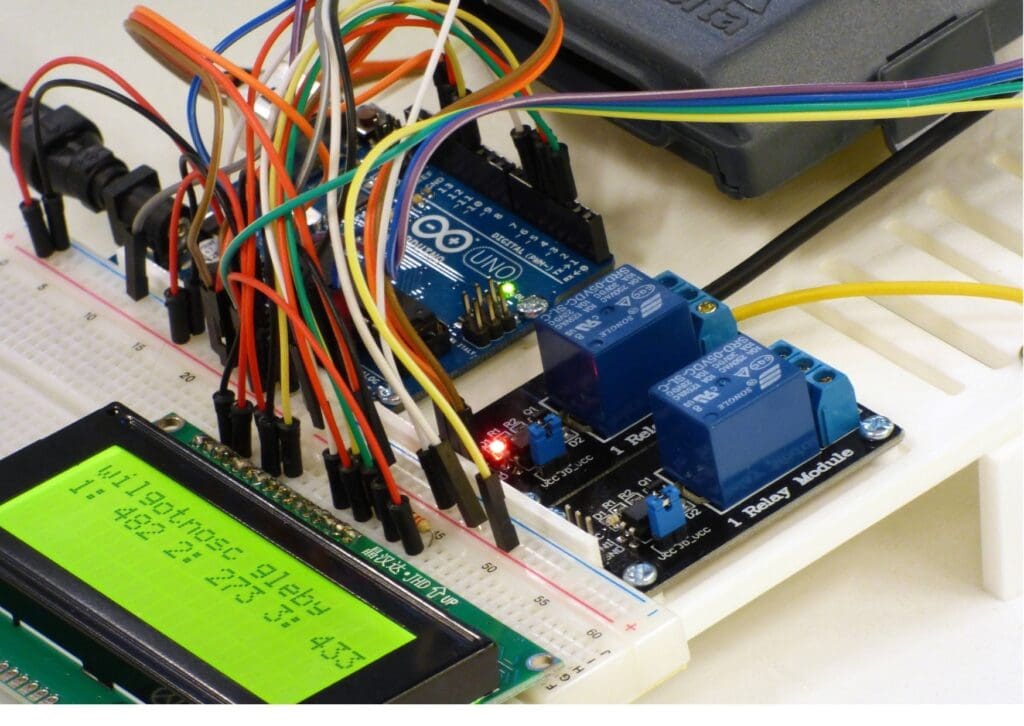
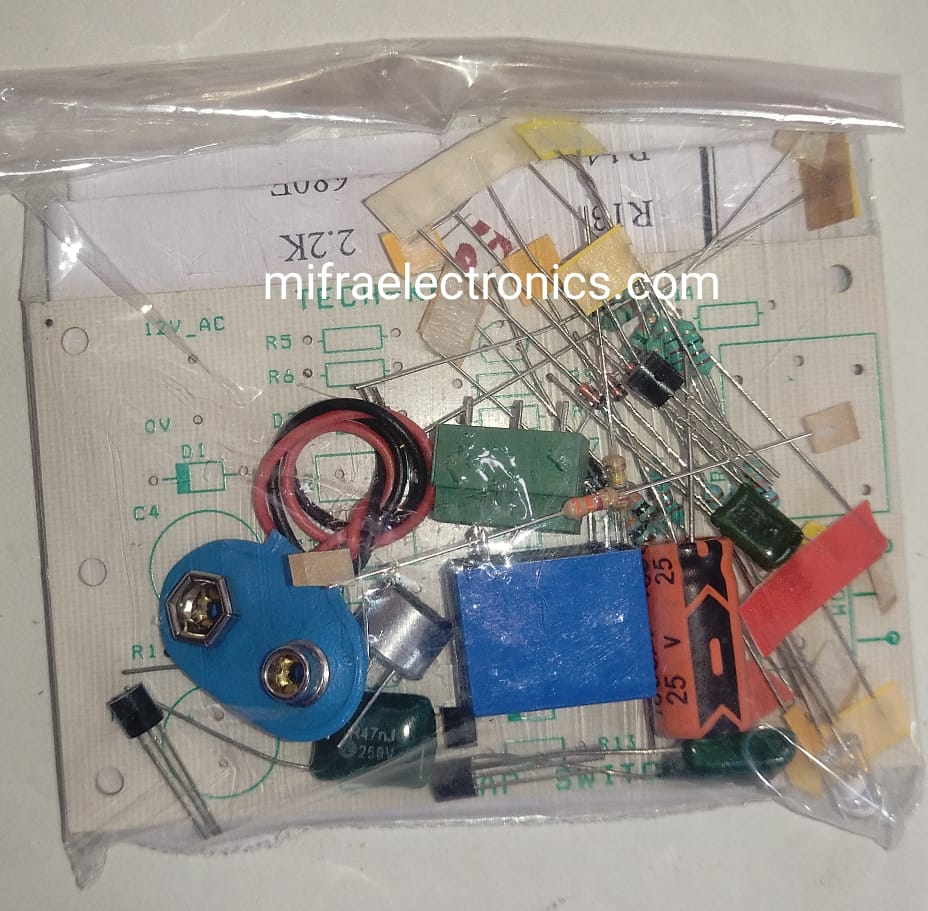
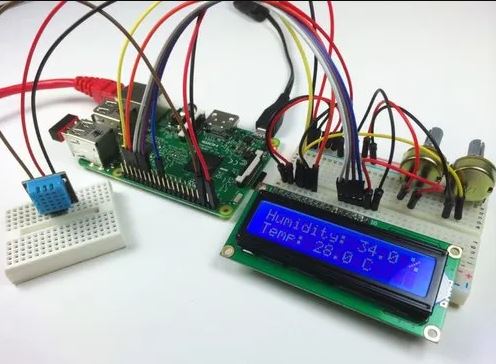
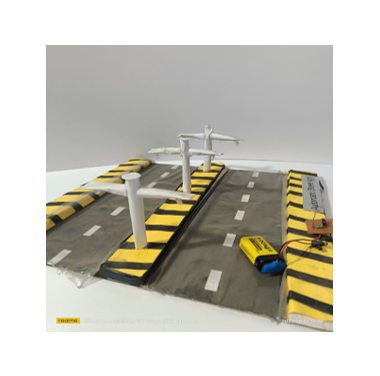

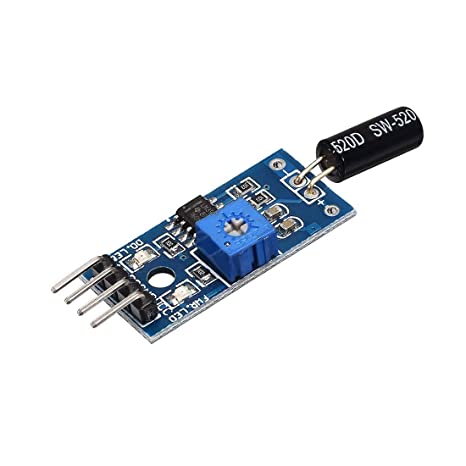
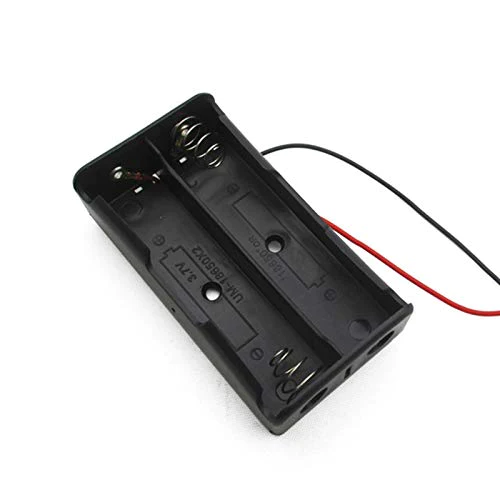
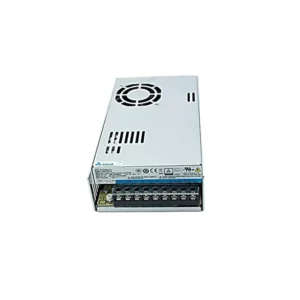

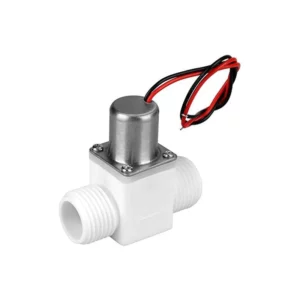
Reviews
There are no reviews yet.